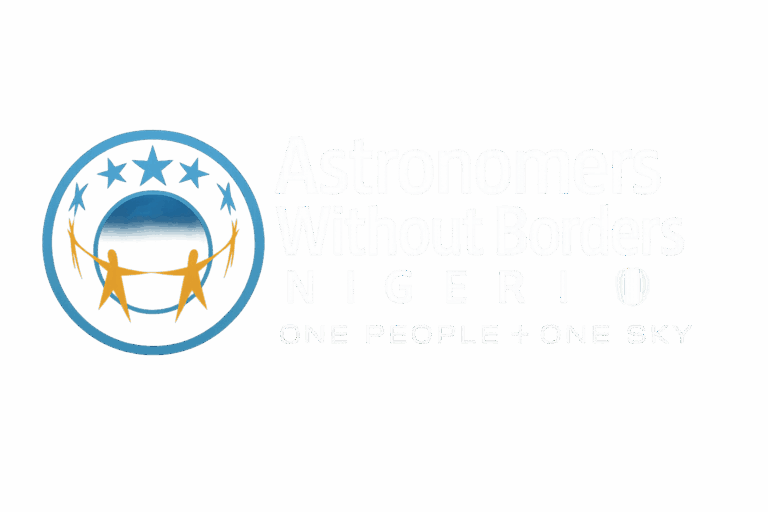As our eyes turn skyward, one of the most awe-inspiring spectacles we witness is the appearance of comets—icy wanderers from the distant reaches of the solar system. But how exactly do scientists determine where a comet is going, how fast it’s moving, or whether it poses any threat? That answer lies in a specialized branch of astronomy: comet trajectory analysis.
At https://awbnigeria.org, our mission to democratize space science includes introducing students and educators to the incredible work being done in tracking these celestial bodies.
What Is a Comet Trajectory?
A trajectory is the path that an object follows as it moves through space under the influence of gravity and inertia. For comets, which originate from regions like the Kuiper Belt or Oort Cloud, their paths are not just influenced by the Sun—but also by planetary encounters, outgassing, and solar wind.
 South Africa Weekend Weather September 2025 – Provinces Alerted of Dangerous Rain Conditions
South Africa Weekend Weather September 2025 – Provinces Alerted of Dangerous Rain Conditions
The study of these trajectories helps scientists:
- Predict future comet appearances
- Understand their origin and evolution
- Model gravitational interactions with Earth and other bodies
- Detect possible impact risks or debris trails
How Are Trajectories Calculated?
The process begins with observational data—images captured over several nights from ground-based or space telescopes. Using astrometry, astronomers measure a comet’s position against the backdrop of stars.
These data points are plugged into orbital determination software that calculates:
- Perihelion (closest point to the Sun)
- Aphelion (farthest point from the Sun)
- Eccentricity (how stretched the orbit is)
- Inclination (angle with respect to Earth’s orbital plane)
At AWB Nigeria, we use public platforms like NASA’s Horizons System to introduce students to real-time orbital simulations.
Current Research Spotlight
Recently, global attention turned to Comet C/2023 A3 (Tsuchinshan-ATLAS), predicted to be one of the brightest visible comets in decades. Nigerian school clubs under AWB’s guidance are tracking its approach using orbital models, while comparing with past giants like Comet NEOWISE (2020) or Hale-Bopp (1997).
Local researchers are also investigating:
- The effect of solar radiation on changing comet velocity
- Predictive modeling using Python and Stellarium
- How close encounters alter comet orbits long-term
This aligns with our broader goal to blend citizen science and formal research, giving Nigerian students hands-on exposure to real-world data.
 September 2025 R12,500 Youth Grant – Application Window Open With Step-by-Step Instructions
September 2025 R12,500 Youth Grant – Application Window Open With Step-by-Step Instructions
Why It Matters for Nigeria
Comet research may seem distant—but it has direct educational and cultural value here at home:
- Promotes STEM curiosity in students through visible sky events
- Offers data science practice for early-career researchers
- Adds to Africa’s growing voice in planetary defense and space exploration
By involving schools in this research, https://awbnigeria.org ensures the next generation of Nigerian astronomers understands both the science and storytelling of comets.
Call to Action
Want to get involved in our comet tracking initiative?
- Join our upcoming online comet trajectory workshop
- Access our student-friendly comet tracking guide
- Share your own night-sky photos of comet sightings
Visit: https://awbnigeria.org to participate, collaborate, and share your data with our national astronomy network.
A comet’s tail may stretch across the sky—but its story is written in math, physics, and shared curiosity. By studying comet trajectories, we’re not just following rocks in space—we’re tracing the lines of possibility for young African minds.
Let’s continue mapping the universe together—trajectory by trajectory.
One Sky. One Science. One Shared Journey.




